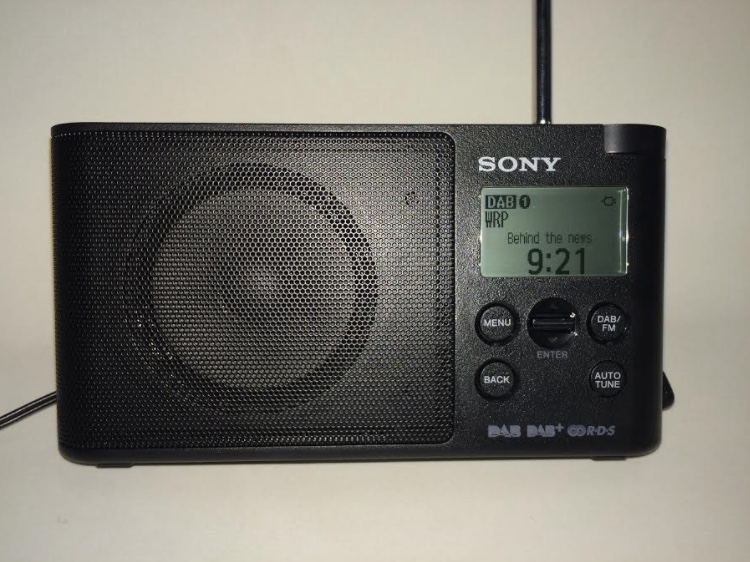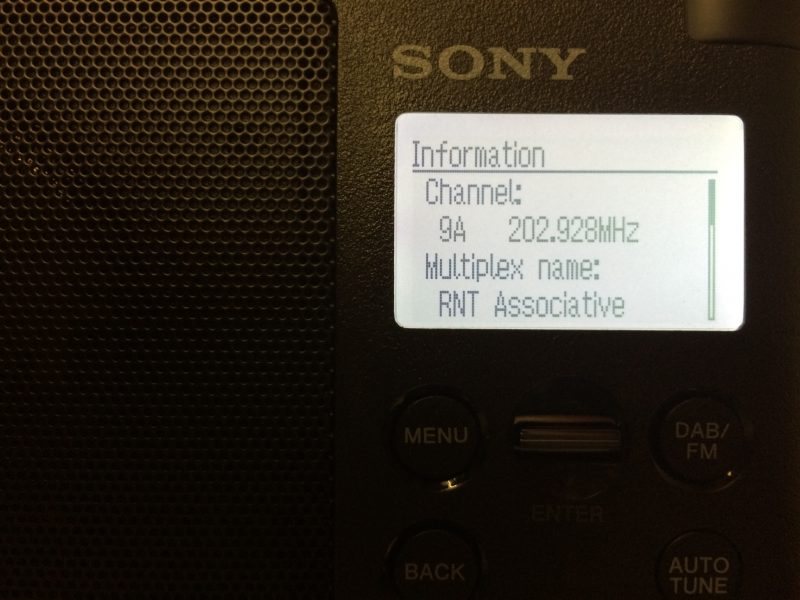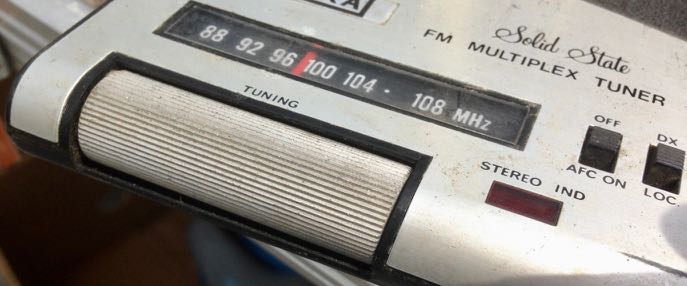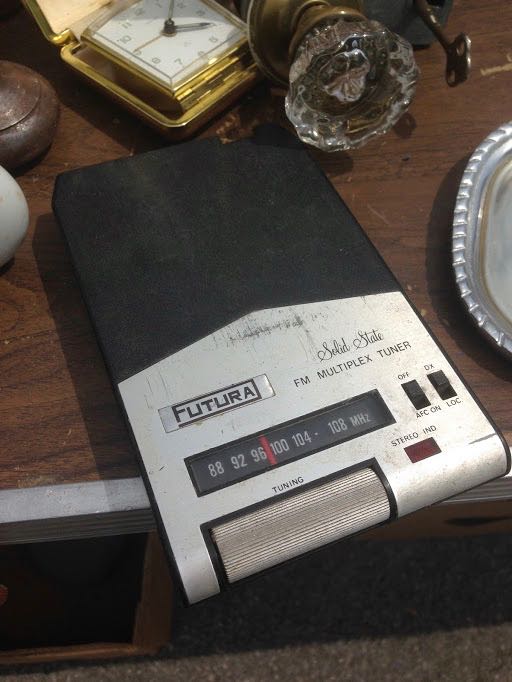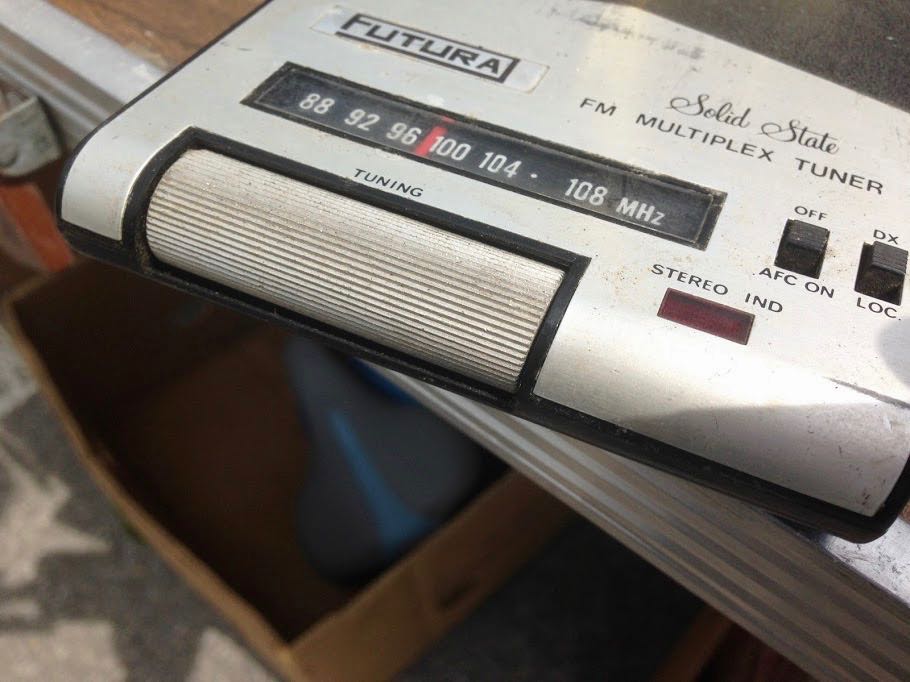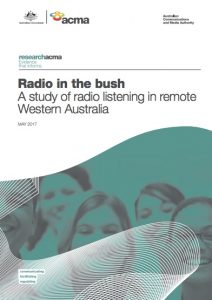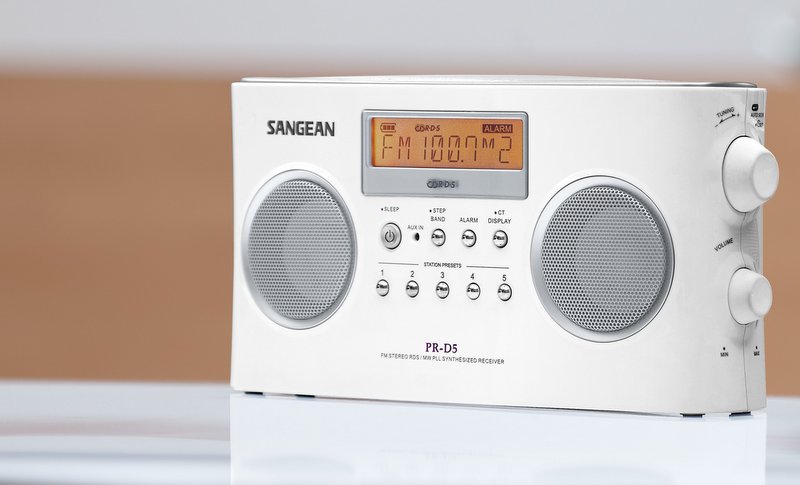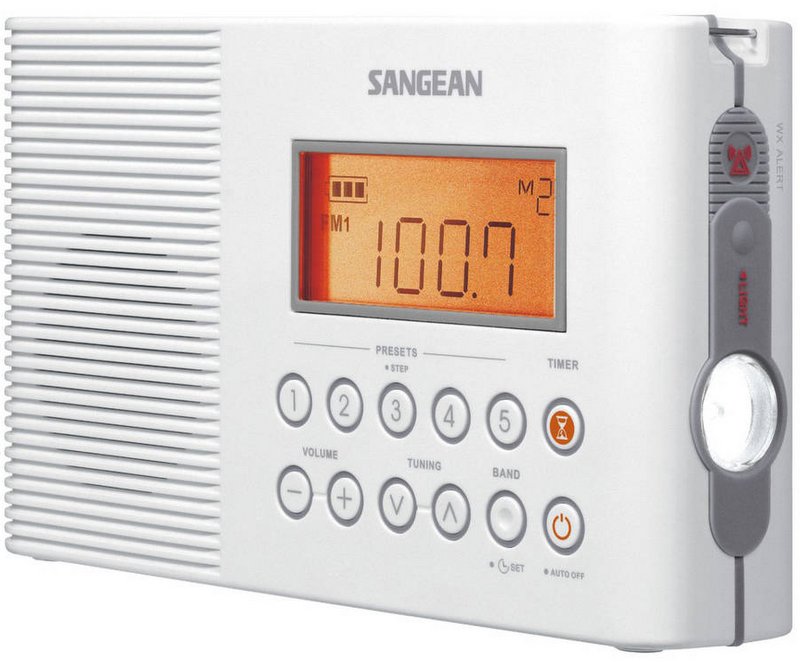Many thanks to SWLing Post contributor, Richard Langley, who recently attended a conference in Paris and picked up a Sony XDR-S41D. Richard writes:
The workshop closed around noon on Friday so I spent part of the afternoon walking around the nearby Darty consumer electronics and appliance store.
I wanted to buy a DAB/DAB+ portable receiver just to see what Europe was doing with digital radio. I bought a recently introduced Sony XDR-S41D DAB/DAB+/FM(with RDS) receiver for 79€ (about 11€ off list price).
I can use it in North America to listen to FM and take it with me when I visit Europe for DAB/DAB+ as well as FM.
It has reasonable sound from its 8-cm speaker and pretty good stereo sound on headphones. It has an automatic search mode on both DAB/DAB+ and FM and creates a list of available stations.
In my hotel room in the 13th arrondisement, I could receive 46 DAB+ stations. One of the stations is World Radio Paris (WRP) and they provide English language programming 24 hours per day from BBC World Service, Public Radio International, Radio France International, and Radio Canada International, among others as well as their own programming.
Another available station was Medi 1, which just dropped its shortwave transmissions. I recorded some of the WRP programming:
There is no line output from the receiver but I was able to use the earphone output and crank the volume to maximum to get an acceptable recording level without noticeable distortion.
Happy with my purchase and can’t wait to go back to Europe again, say to England, to try out DAB+ there.
I also spotted three receivers with SW capability on the shelves at the Darty store:
- Panasonic RF-3500 for 45€
- Brandt BR200D for 45€
- Brandt BR120A for 15€
You don’t see SW receivers in North American consumer electronics stores anymore and I’ve not spotted any in airport duty free stores lately either.
I’ve been listening to the XDR-S41D at home and it sounds pretty good on FM, too, and does a good job of displaying the RDS information although a character or two is sometimes cut off the end of the data but that could be the fault of the station. Need to investigate that some more.
By the way, the radio doesn’t come with a case but I found (just before I was going to toss it) that it just fits in the magnetic-clasp case of one of those Air Canada amenities kits that they give you in business class (see photo below).
That’s the second Air Canada item I have recycled. They used to use full-ear headphones with disposable foam covers. They were a perfect fit for the deteriorating covers on my old Sony noise-cancelling headphones. I’ve since upgraded to Bose. 😉
Thank you for sharing your thoughts, Richard! The Sony XDR-S41D sounds like a keeper for sure and is certainly compact enough to easily accompany you on travels to Europe. I was not aware of World Radio Paris either–I see they’re available via TuneIn, so I’ll add them to my WiFi radio station favorites!

